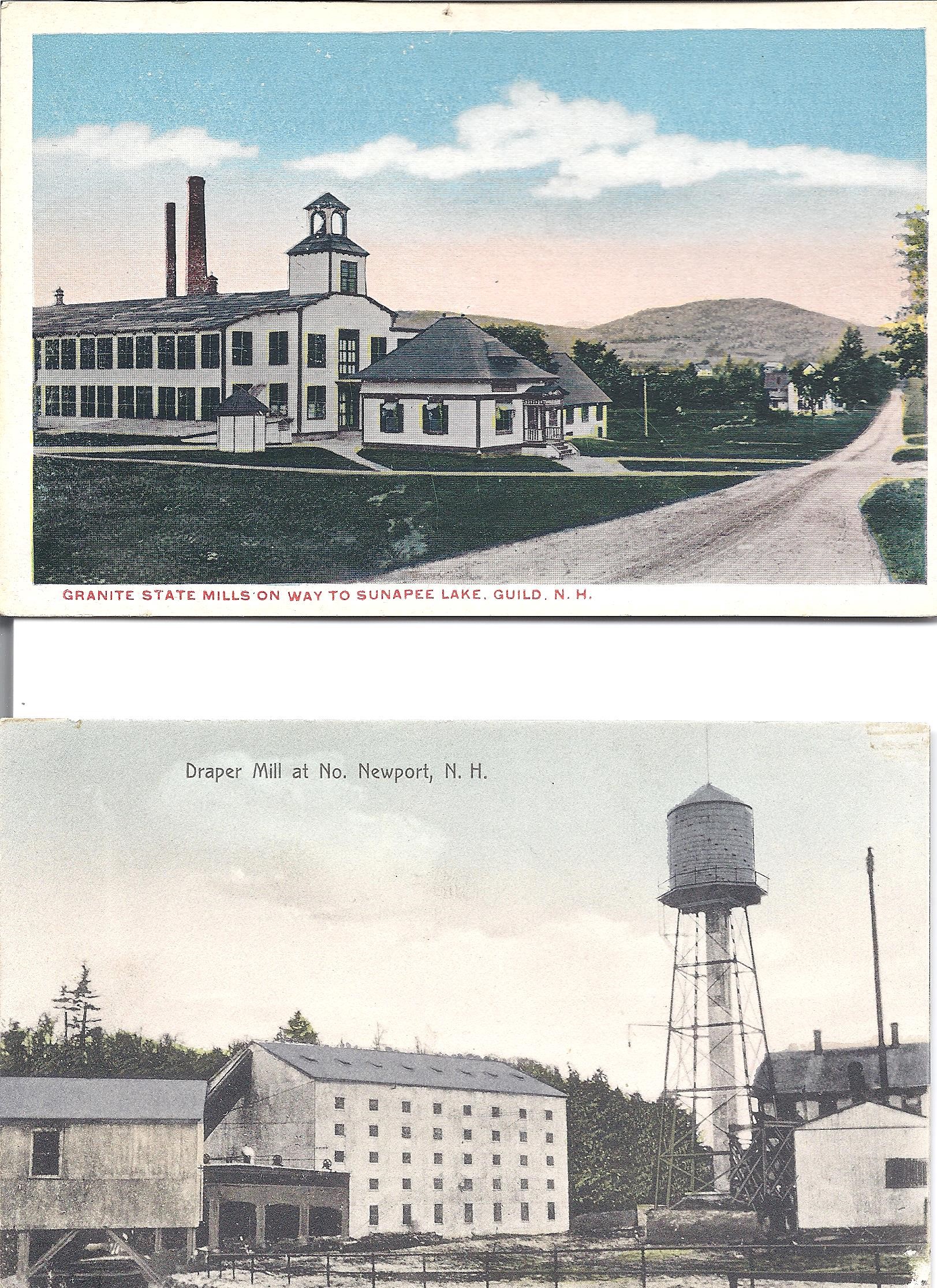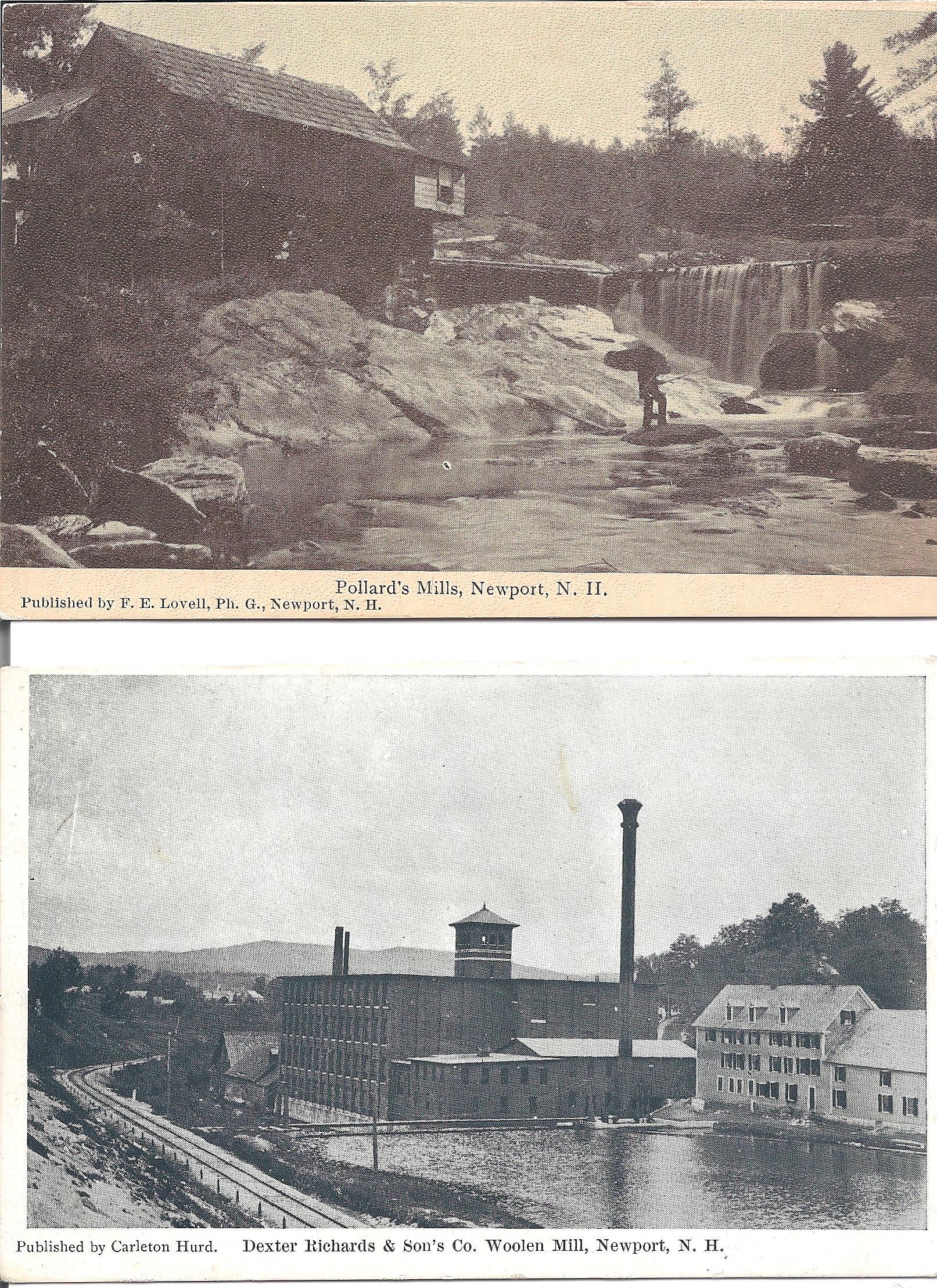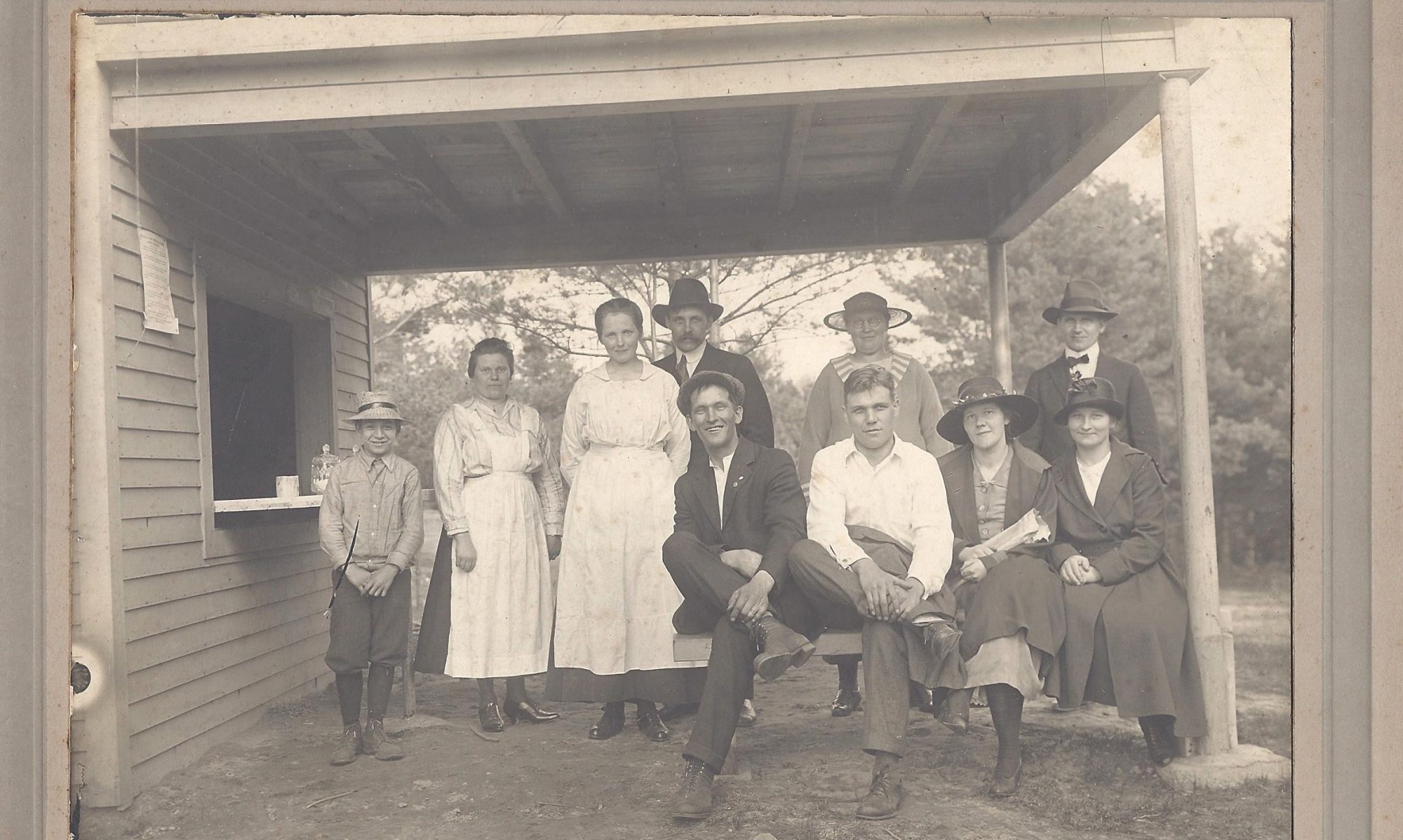Like many other immigrant groups that came to the United States, the Finns found themselves working in mills as one of the primary sources of employment in the small town of Newport. However, unlike some mill and factories that were infamous in the late nineteenth century and the early 20th, the working conditions were not atrocious. That does not mean that it was not a long and difficult work day. “The mill whistles sounded early in the morning, each mill whistle having a readily identifiable sound. At about five-thirty… the fireman in the boiler room… at the right moment pulled the cord on the first of a series of whistles.”[1] This was to let the Finns know that it was time to get to work. The working week ran from Monday to Saturday with Sundays off.

The factories of Newport involved weaving cloth. The pay was decent and, “by diligence, tending to business, the weaver could double the wage of a day laborer. By 1910 the weave rooms of the local mills were largely Finnish, in excess of 75%.”[2] It is a small wonder that the Finns were attracted to Newport, employment was plenty on both the farms and the mills, and it may have been long and difficult work, but at least it was available and the pay was okay. A lot of these jobs that the Finns did involves manual labor, and Finnish day to day life revolved around working. The Finn’s working life helps to explain their political views, and their politics tended to lean heavily to the left.

Previous Page: Finnish Farming
Next Page: The Politics of the Finns
[1] Turpeinen, 33.
[2] Turpeinen, 32.
